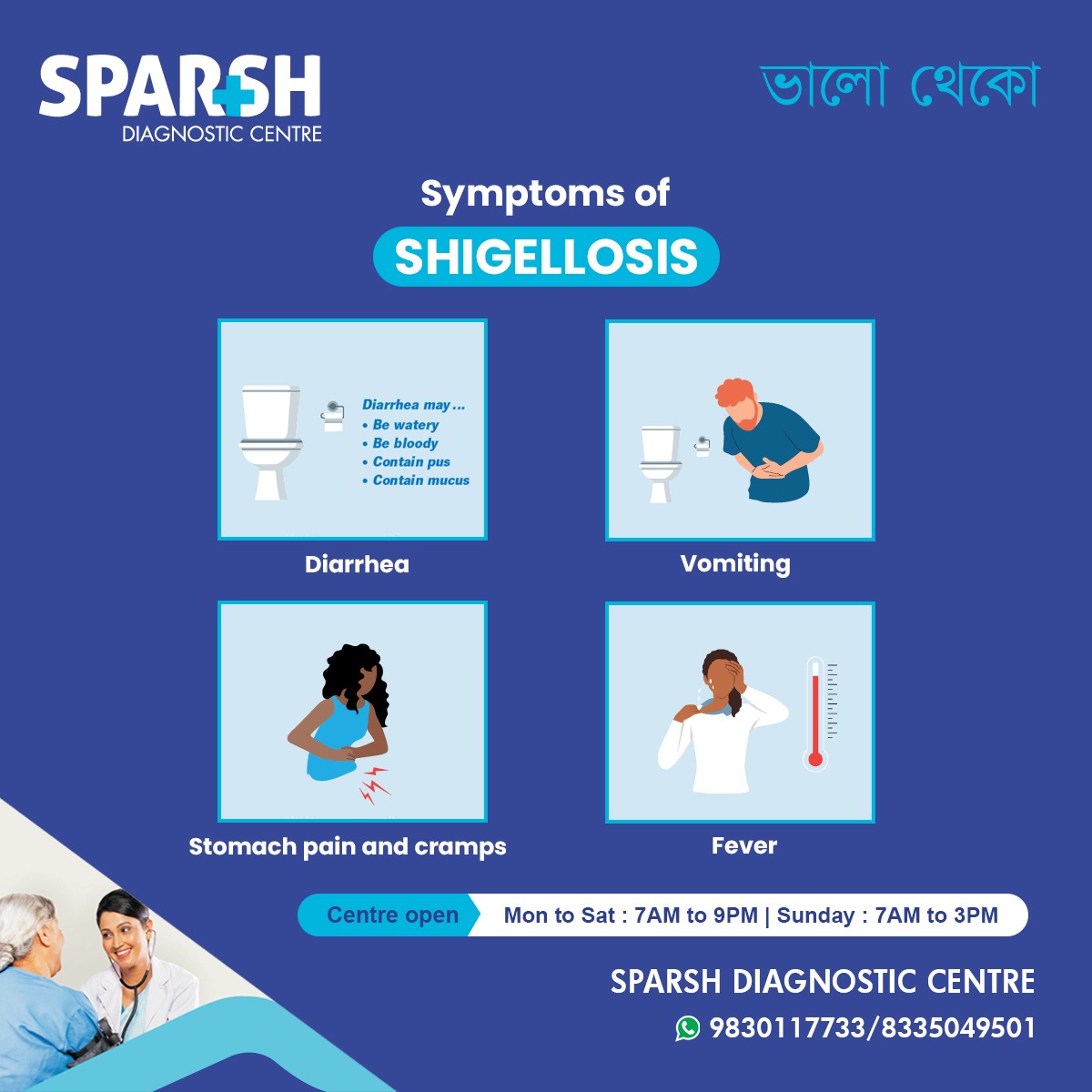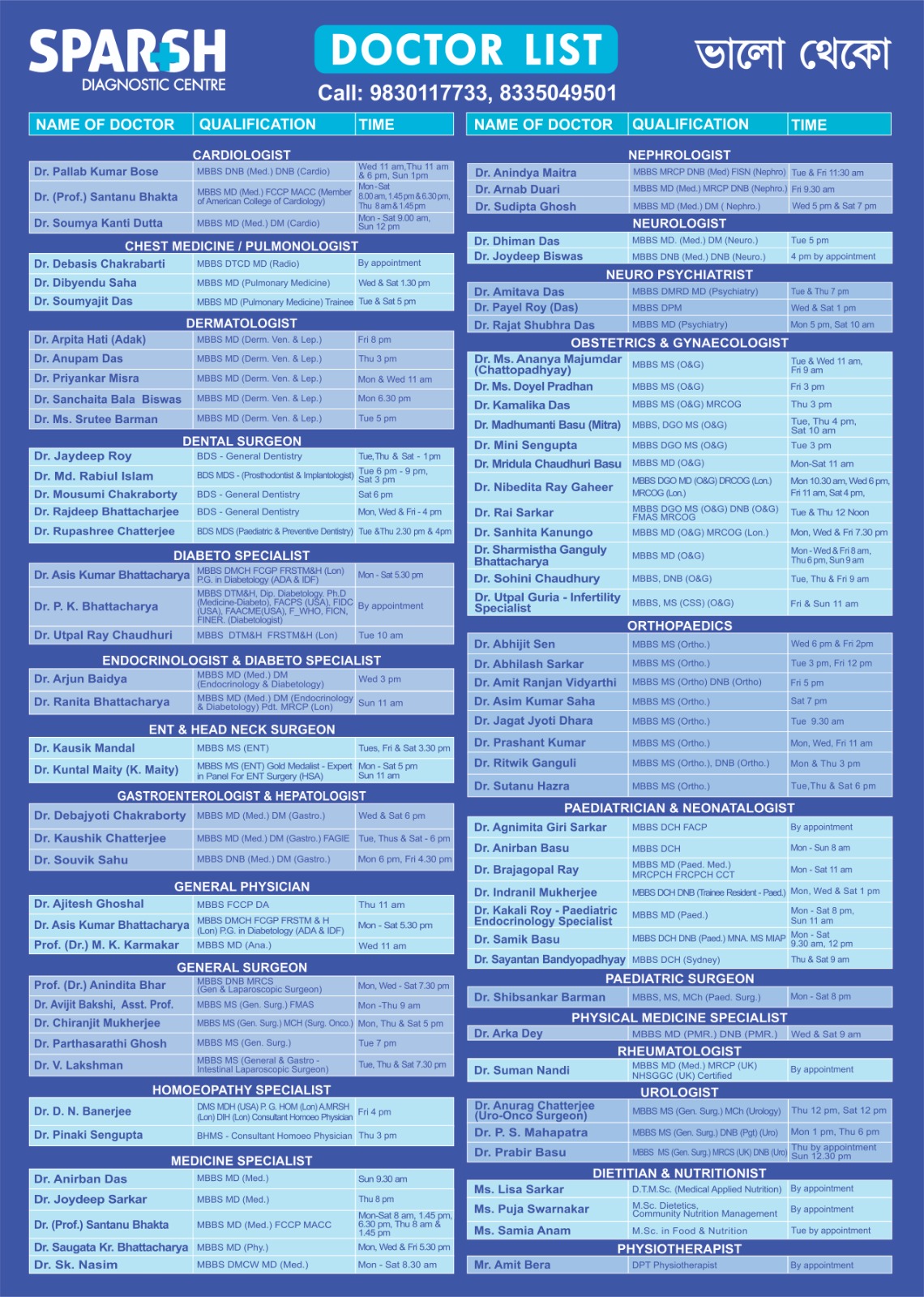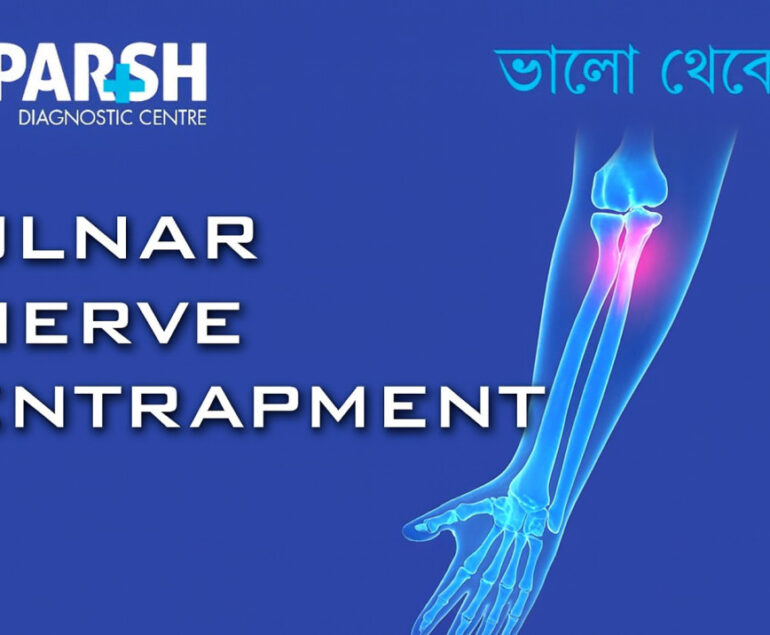Shigellosis is a highly contagious intestinal infection caused by the Shigella bacteria. It leads to severe gastrointestinal symptoms such as diarrhea (often bloody), vomiting, abdominal cramps, and fever. Shigellosis is a major cause of bacterial diarrhea globally, especially in children under five. In developing countries like India, poor sanitation, contaminated water, and close human contact significantly increase the risk of infection.
This comprehensive guide explains everything you need to know about Shigellosis—its causes, symptoms, modes of transmission, diagnosis, treatment options, prevention strategies, and when to seek medical help.
What is Shigellosis?
Shigellosis is an infection of the intestines caused by Shigella bacteria. The infection spreads easily—so much so that even a small number of bacteria can make someone sick. The bacteria attack the lining of the intestines, causing inflammation, ulceration, and frequent loose stools. In severe cases, Shigellosis can lead to dehydration and life-threatening complications, making early diagnosis crucial.
There are four major types of Shigella bacteria:
Shigella dysenteriae – Causes the most severe form of illness.
Shigella flexneri – Most common in developing countries.
Shigella sonnei – Common in industrialised nations.
Shigella boydii – Less frequently seen but still capable of causing outbreaks.
Regardless of type, all Shigella strains spread quickly and lead to similar symptoms.
How Does Shigellosis Spread?
The infection spreads primarily through the fecal–oral route, which means the bacteria are shed in stool and then accidentally ingested by another person. This can occur due to:
Contaminated drinking water
Contaminated food
Poor hand hygiene, especially after using the toilet
Contact with infected individuals
Touching contaminated surfaces
Swimming in contaminated pools, ponds, or lakes
Flies transferring bacteria from feces to food
Children are at greater risk due to frequent hand-to-mouth contact, making schools and daycare centres common outbreak locations.
Symptoms of Shigellosis
Shigellosis symptoms usually appear 1–2 days after exposure and range from mild to severe. The most common symptoms include:
1. Diarrhea
Diarrhea may be:
Watery
Bloody
Contain pus
Contain mucus
Bloody diarrhea is a hallmark sign of Shigellosis.
2. Vomiting
Nausea and vomiting are common, especially in children, and may contribute to dehydration.
3. Stomach Pain and Cramps
Intense abdominal cramps occur as the infection irritates the intestinal lining.
4. Fever
The fever can be mild or high-grade, depending on the immune response and severity of infection.
Other possible symptoms include:
Tenesmus (feeling of incomplete evacuation)
Frequent urge to pass stool
Dehydration signs like dry mouth and reduced urination

Who is at Risk of Shigellosis?
Anyone can get Shigellosis, but certain groups are more vulnerable:
Children under 5 years
Elderly individuals
People with weak immune systems
Caregivers of infected children
People in overcrowded or unsanitary living conditions
Travellers to areas with poor sanitation
Individuals in close-contact community settings (schools, orphanages, hostels)
Complications of Shigellosis
If not treated promptly, Shigellosis can lead to complications such as:
1. Severe Dehydration
Due to excessive fluid loss through diarrhea and vomiting.
2. Hemolytic Uremic Syndrome (HUS)
A rare but serious complication causing kidney failure, especially in children.
3. Seizures
Mostly seen in young children due to high fever or electrolyte imbalance.
4. Rectal Prolapse
Frequent straining from diarrhea can push the rectum outward.
5. Reactive Arthritis
Joint pain and inflammation occurring after the infection.
6. Chronic Digestive Problems
In rare cases, prolonged inflammation may lead to long-term bowel issues.
How is Shigellosis Diagnosed?
Early diagnosis allows timely treatment and helps prevent spread. Diagnostic steps include:
1. Clinical Examination
Doctors evaluate symptoms such as bloody diarrhea, abdominal pain, fever, and vomiting.
2. Stool Examination
A stool sample is tested for:
Presence of Shigella bacteria
White blood cells (indicating inflammation)
Red blood cells (indicating bleeding)
Mucus
3. Stool Culture
The most reliable test that confirms the exact strain of Shigella.
4. PCR (Polymerase Chain Reaction)
Detects genetic material of the bacteria; highly accurate and fast.
5. Blood tests
Used to check dehydration, electrolyte imbalance, and inflammation levels.
Sparsh Diagnostic Centre provides advanced testing facilities to quickly identify Shigellosis and start proper treatment.
Treatment of Shigellosis
Most cases of Shigellosis improve on their own within 5–7 days. However, medical treatment is often required, especially in moderate or severe cases.
1. Rehydration Therapy
The most important part of treatment.
Oral Rehydration Solution (ORS)
Increased fluid intake
IV fluids for severe dehydration
2. Antibiotics
Doctors may prescribe antibiotics to shorten illness duration and reduce bacterial shedding. Commonly used options include:
Ciprofloxacin
Azithromycin
Ceftriaxone
Antibiotics must be taken only under medical supervision due to rising antibiotic resistance.
3. Symptomatic Relief
Pain relievers
Fever-reducing medications
Avoid anti-diarrheal drugs (they may worsen symptoms)
4. Nutritional Support
Light, easy-to-digest foods such as rice, bananas, toast, and soups may be recommended.
5. Hospitalisation (in severe cases)
Needed when patients show signs of dehydration, seizures, or complications like HUS.
Prevention of Shigellosis
Because the disease is highly contagious, prevention focuses on hygiene and sanitation.
1. Maintain Proper Hand Hygiene
Wash hands with soap and water:
After using the toilet
After changing diapers
Before eating or preparing food
2. Drink Safe Water
Avoid unfiltered, untreated, or suspicious water sources.
3. Practice Safe Food Handling
Wash fruits and vegetables thoroughly
Cook food completely
Avoid street food or uncovered food in unhygienic areas
4. Maintain Clean Toilets
Disinfect toilet seats, flush handles, and taps regularly.
5. Keep Children’s Surroundings Clean
Teach them hand-washing habits early.
6. Avoid Swimming in Contaminated Water
Polluted pools, ponds, and lakes can spread the infection quickly.
7. Isolate Infected Individuals
Avoid sharing towels, utensils, and personal items with infected people.
When Should You See a Doctor?
Seek immediate medical care if you or your child experiences:
High fever
Persistent vomiting
Signs of dehydration
Diarrhea lasting more than 2–3 days
Symptoms after travelling
Fast diagnosis and proper medical care prevent complications and help control outbreaks.
Shigellosis in India – Why It Needs Attention
Shigellosis outbreaks occur frequently in India due to:
Unsafe drinking water
Overcrowded living conditions
Inadequate sanitation
Poor hygiene practices
Awareness and early diagnostics can significantly reduce the spread and severity of the disease.
Frequently Asked Questions (FAQ)
1. What is the main cause of Shigellosis?
Shigellosis is caused by Shigella bacteria, usually spread through contaminated food, water, or direct contact with an infected person.
2. How long does Shigellosis last?
Most cases last 5–7 days, but severe cases can persist longer without treatment.
3. Can Shigellosis be cured?
Yes. With proper treatment, including antibiotics and hydration therapy, Shigellosis is fully curable.
4. Is Shigellosis contagious?
Extremely. It spreads easily through the fecal–oral route and contaminated surfaces.
5. How is Shigellosis diagnosed?
A stool sample is tested for the presence of Shigella through culture, microscopy, or PCR tests.
6. Can children get Shigellosis?
Yes, children under five are at the highest risk due to weak immunity and poor hand hygiene.
7. Can I prevent Shigellosis?
Yes. Maintain hand hygiene, drink clean water, eat hygienic food, and avoid contact with infected individuals.
8. What foods should I avoid during Shigellosis?
Avoid spicy foods, greasy foods, raw vegetables, caffeine, milk products, and processed foods.
9. Are antibiotics always needed?
Not always, but they are recommended for moderate to severe cases. Only take them with medical supervision.
10. Can Shigellosis cause complications?
Yes. Severe dehydration, seizures, rectal prolapse, and kidney-related complications may occur in untreated cases.
#BhaloTheko
Disclaimer:
No content on this site, regardless of date, should ever be used as a substitute for direct medical advice from your doctor or other qualified clinician.

![]()






[…] Bacillary dysentery – Caused by Shigella bacteria. […]
[…] infections: Salmonella, E. coli, Shigella, […]